In the context of the booming medical industry, medical injection-molded products have become an indispensable part of numerous medical devices due to their precise dimensions, stable performance, and good biocompatibility. From precision syringe components to complex surgical instrument casings, medical injection molding manufacturers ensure that every product meets strict medical standards through a series of rigorous and standardized production processes. Let's take an in-depth look at the production processes of medical injection molding manufacturers.
Preliminary Preparation: Meticulous Planning to Ensure Flawless Execution
Order Evaluation and Product Design Communication
After receiving customer orders, medical injection molding manufacturers first organize professional teams to conduct a comprehensive evaluation of the orders. This includes understanding key information such as the product's purpose, performance requirements, and usage environment. At the same time, they engage in in-depth design communication with customers to ensure an accurate understanding of aspects like product dimensions, shape, structure, and material selection. For some complex medical injection-molded products, computer-aided design (CAD) and computer-aided engineering (CAE) software may be used for simulation analysis to identify potential issues in advance and optimize the design.
Raw Material Procurement and Inspection
The quality of raw materials directly affects the performance and safety of medical injection-molded products. Therefore, manufacturers strictly screen suppliers and select high-quality raw materials that comply with medical industry standards, such as medical-grade polypropylene (PP), polycarbonate (PC), and polyethylene (PE). Upon arrival of raw materials at the factory, rigorous inspections are carried out, including appearance checks, physical property tests, and chemical composition analyses, to ensure that each batch of raw materials meets quality requirements. Only inspected and qualified raw materials can enter the production process.
Mold Manufacturing: Precision Molds Open the Door to High-Quality Production
Mold Design and Fabrication
Molds are the core tools in medical injection molding production, and their quality directly determines the precision and quality of products. Based on the product design drawings, mold designers use professional design software to design the molds, considering factors such as the product's structural characteristics, demolding methods, and runner systems to ensure that the molds can efficiently and accurately produce products that meet requirements. During mold fabrication, high-precision machining equipment and advanced manufacturing processes such as CNC milling, electrical discharge machining (EDM), and wire cutting are used to ensure the dimensional accuracy and surface quality of the molds. At the same time, heat treatment is applied to the molds to improve their hardness and wear resistance, extending their service life.
Mold Debugging and Validation
After mold fabrication is completed, debugging and validation are required. The mold is installed on an injection molding machine for trial production. By adjusting the parameters of the injection molding machine, such as injection pressure, injection speed, holding pressure time, and cooling time, the product is made to achieve the best molding effect. A comprehensive inspection is carried out on the products produced during trial molding, including dimensional measurements, appearance checks, and performance tests, to ensure that the products meet design requirements and relevant standards. If any problems are found, the mold is promptly modified and optimized until it can stably produce qualified products.

Injection Molding Production: Fine Operations Ensure Stable Product Quality
Injection Molding Machine Preparation and Parameter Setting
According to the product characteristics and production requirements, an appropriate injection molding machine model is selected. Before production, the injection molding machine is thoroughly inspected and maintained to ensure its normal operation. Based on the mold requirements and raw material characteristics, various parameters of the injection molding machine are set, such as barrel temperature, mold temperature, injection pressure, and injection speed. The accurate setting of these parameters is crucial for the molding quality of products and requires operators to have rich experience and professional knowledge.
Injection Molding Process
The inspected and qualified raw materials are added to the hopper of the injection molding machine, where they are heated and melted in the barrel to form a melt with a certain fluidity. Under the action of injection pressure, the melt enters the runner system of the mold through the nozzle and fills the mold cavity. After the holding pressure and cooling stages, the melt gradually solidifies and forms a product with the same shape as the mold cavity. During the injection molding process, operators closely monitor the equipment's operating status and the product's molding situation, and promptly adjust parameters to ensure stable product quality.
Post-Processing and Inspection: Striving for Perfection to Create Flawless Medical Products
Post-Processing Treatments
Injection-molded products may require some post-processing treatments to improve their performance and appearance quality. Common post-processing methods include deburring, grinding, polishing, electroplating, and spraying. For example, for products that require high-precision fitting, deburring and grinding treatments are carried out to remove burrs and flash on the product surface, ensuring dimensional accuracy and surface finish. For products with high appearance requirements, spraying or electroplating treatments can be applied to enhance their aesthetics and corrosion resistance.
Product Inspection and Packaging
After post-processing treatments, a comprehensive inspection is conducted on the products. The inspection includes dimensional measurements, appearance checks, performance tests, and biocompatibility tests. Advanced testing equipment and strict inspection standards are used to ensure that every product meets medical industry requirements. Only inspected and qualified products can be packaged. The packaging materials must comply with the hygiene requirements of medical products and have good protective properties to ensure that the products are not damaged during transportation and storage.
Quality Control and Traceability: Full-Process Supervision Ensures Product Safety and Reliability
Establishment and Operation of a Quality Management System
Medical injection molding manufacturers should establish a complete quality management system, such as the ISO 13485 medical device quality management system standard, and ensure its effective operation. By formulating strict quality management systems and operating procedures, comprehensive quality control is carried out throughout the production process. From raw material procurement, mold manufacturing, injection molding production to post-processing treatments and product inspection, every link is subject to strict quality monitoring to ensure that product quality meets standard requirements.
Establishment of a Product Traceability System
To ensure the traceability of product quality and safety, medical injection molding manufacturers should establish a complete product traceability system. Detailed records and identification are made for each batch of raw materials, every mold, every injection molding machine, and every production batch of products. Through the traceability system, the production process and quality information of products can be quickly and accurately retrieved. Once a quality problem is found, timely measures can be taken for recall and handling to safeguard patient safety.
The production process of medical injection molding manufacturers is a rigorous, complex, and interconnected process. From preliminary preparation to mold manufacturing, from injection molding production to post-processing and inspection, and then to quality control and traceability, every link is crucial. Only by strictly following the standardized production process can high-quality, safe, and reliable medical injection-molded products be produced, supporting the development of the medical industry and protecting patient health.
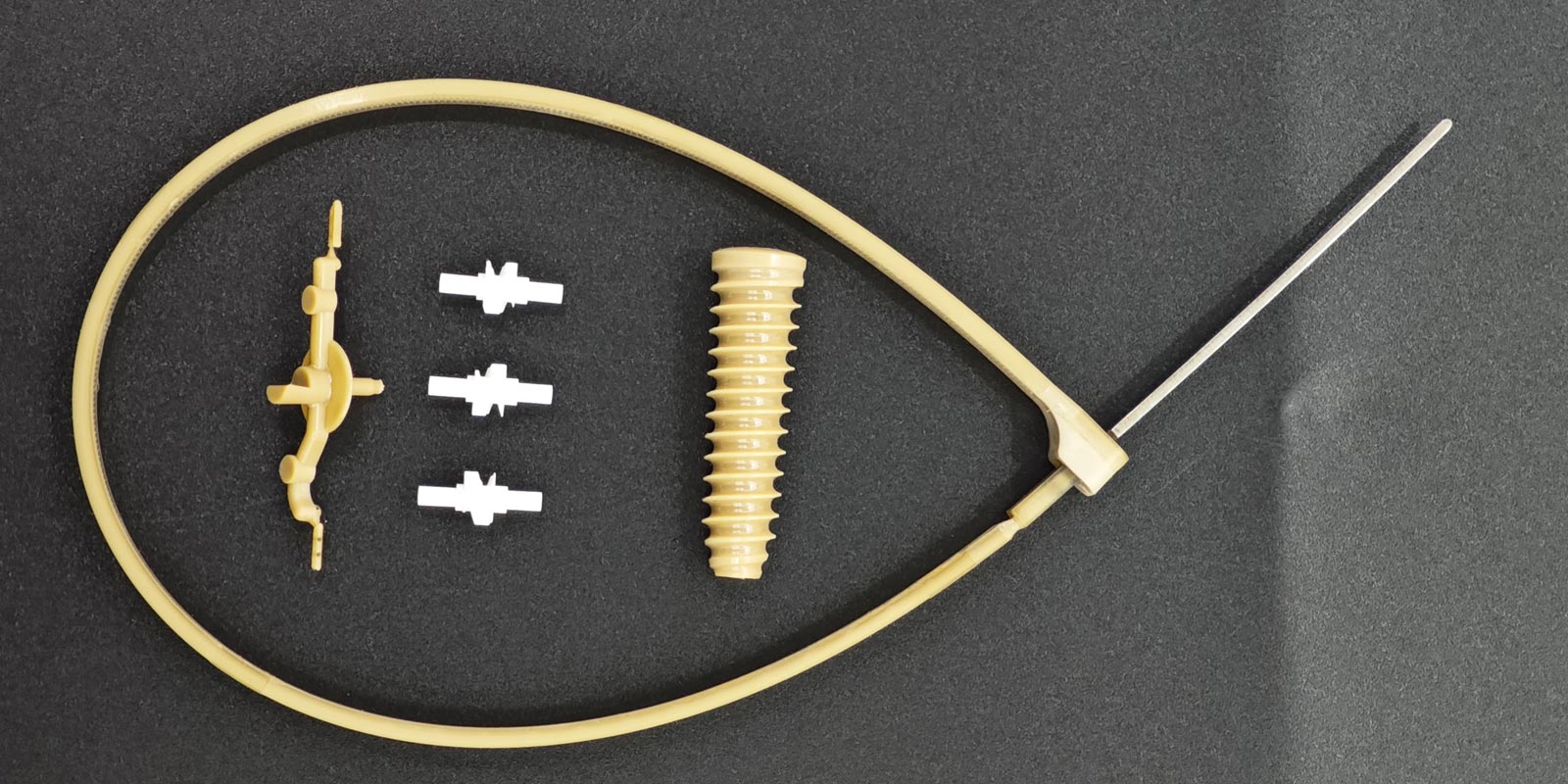
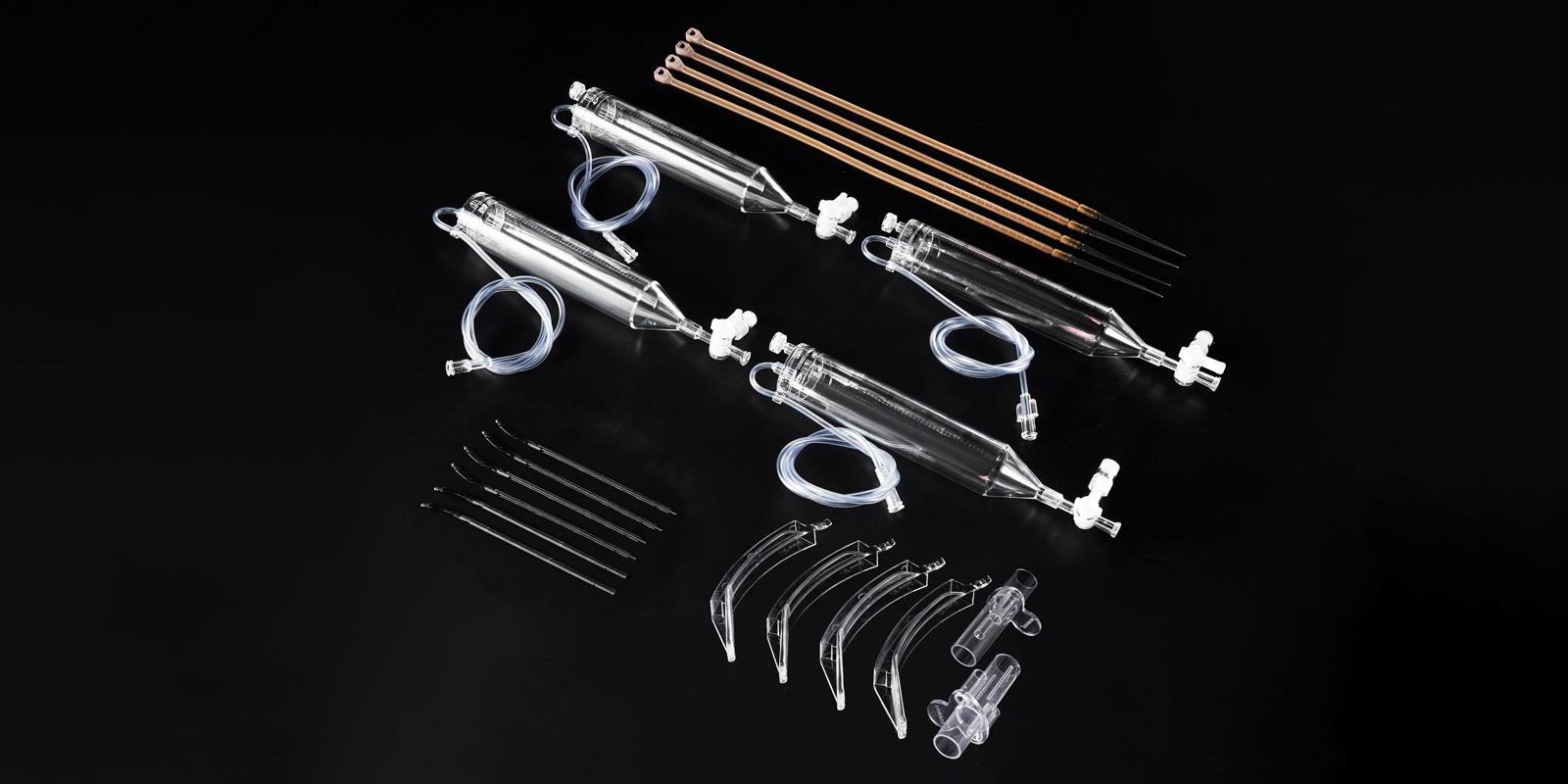
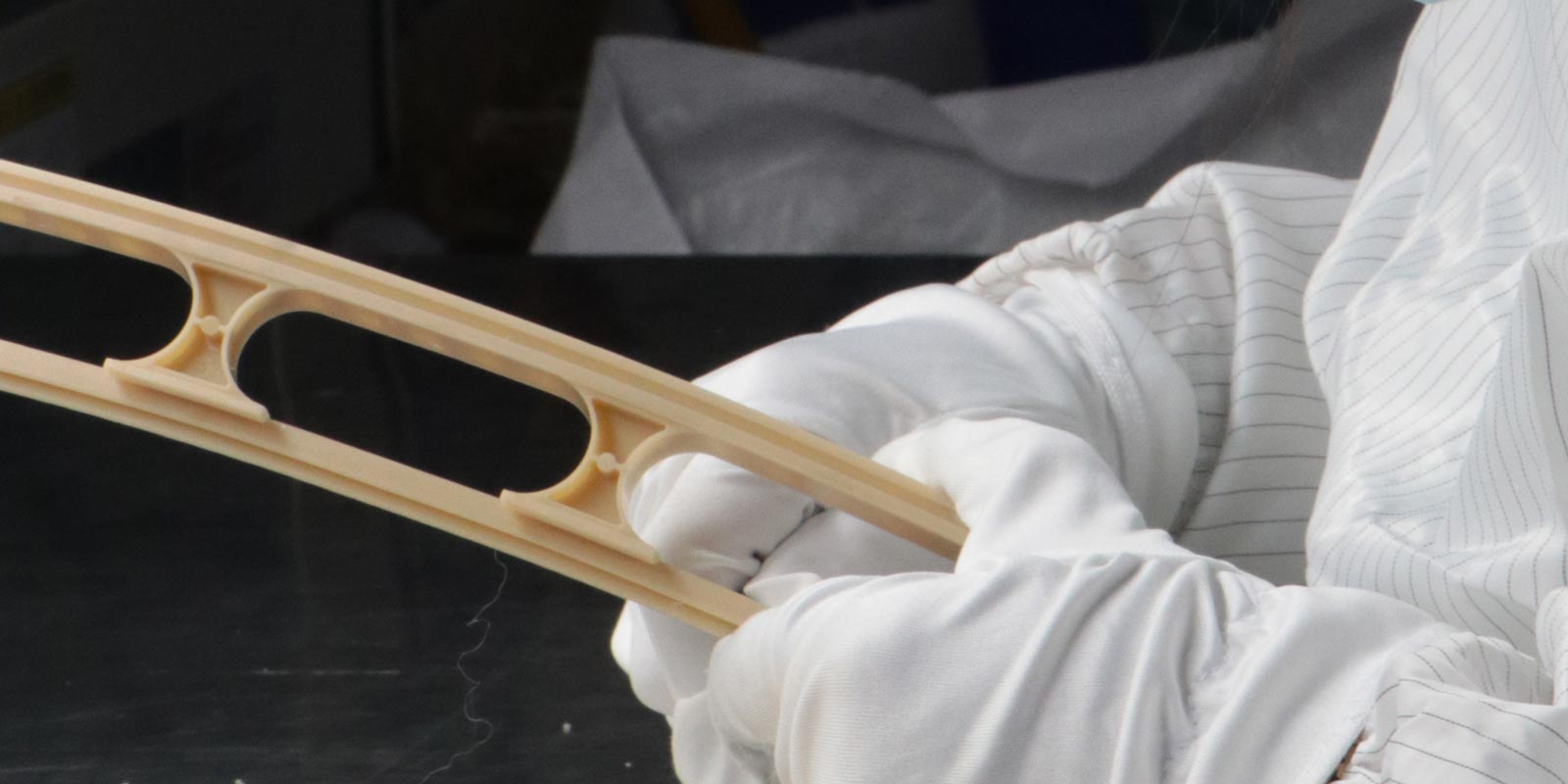
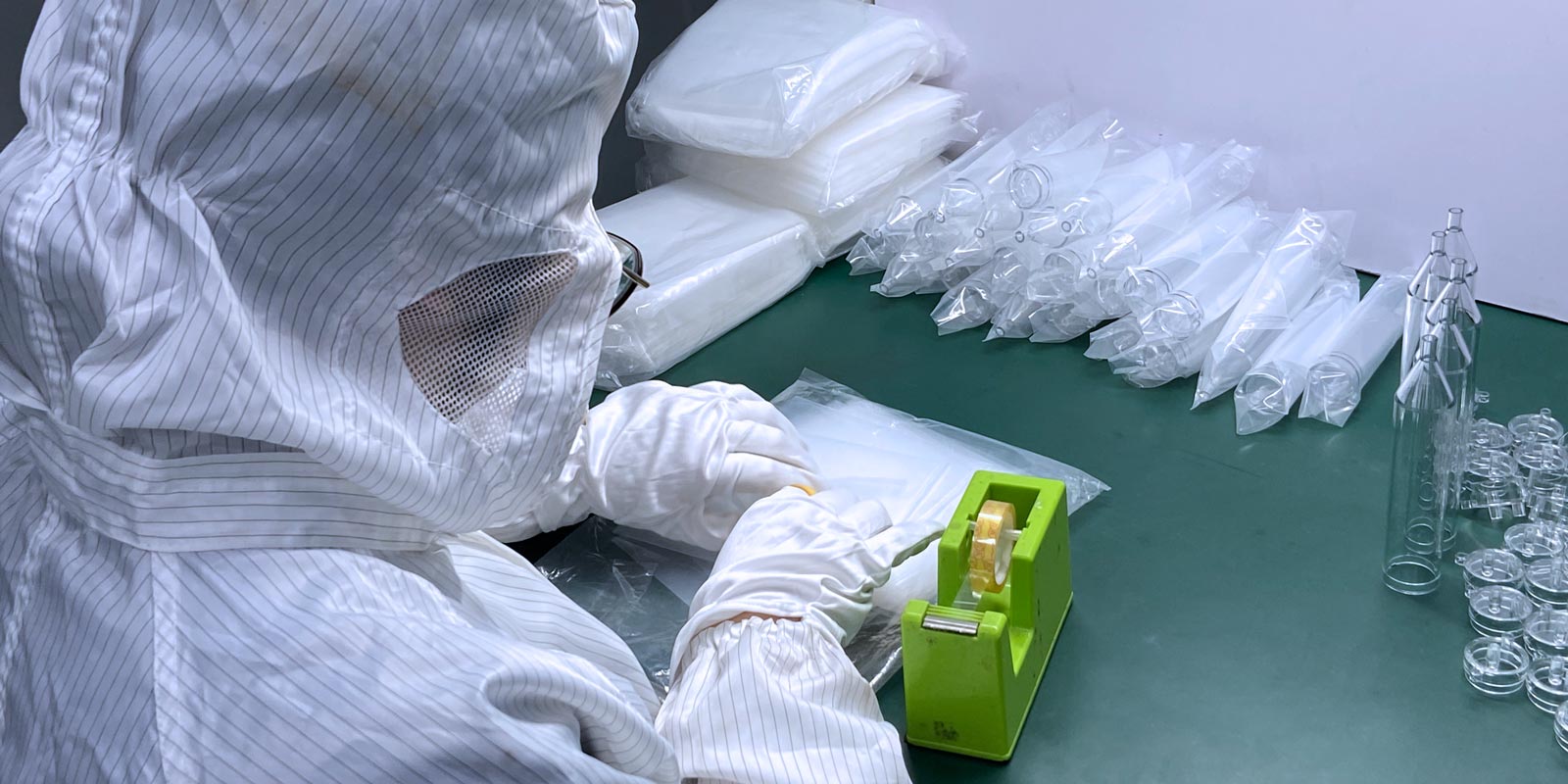
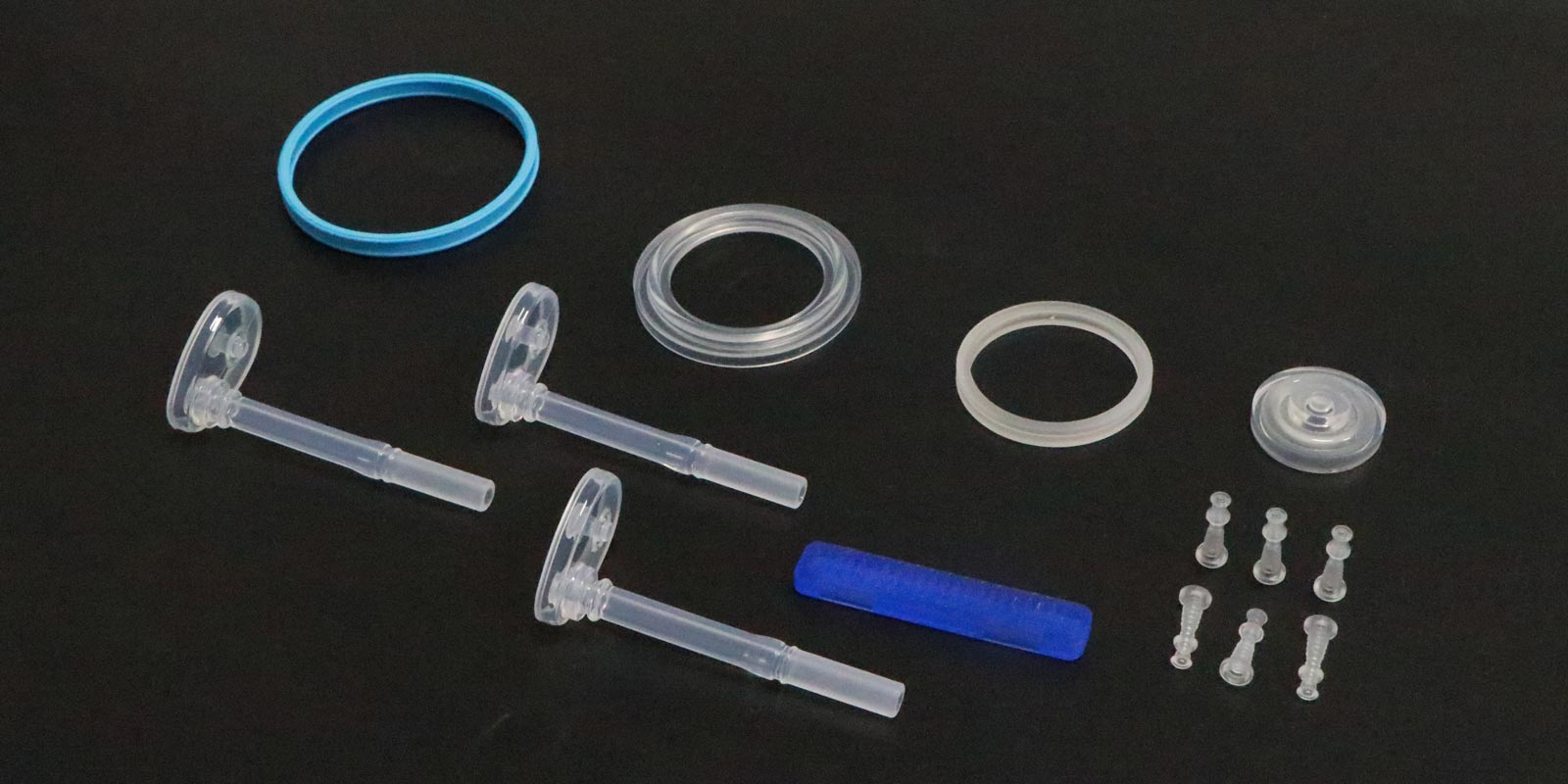

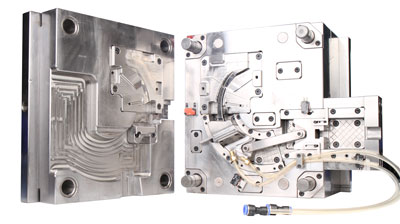
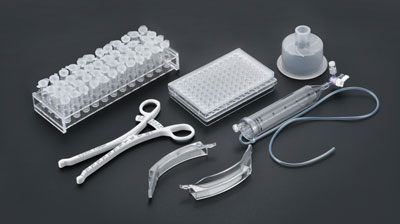








 Home
Home
